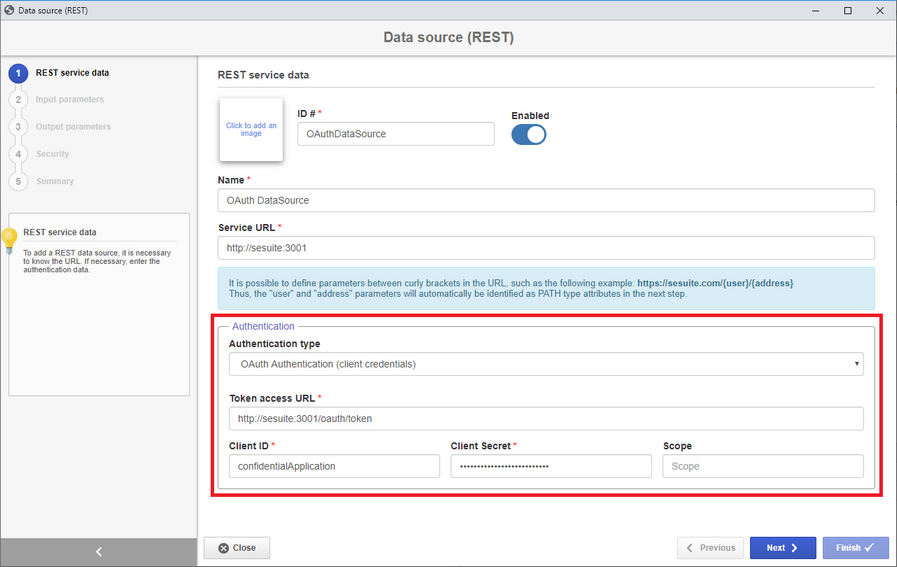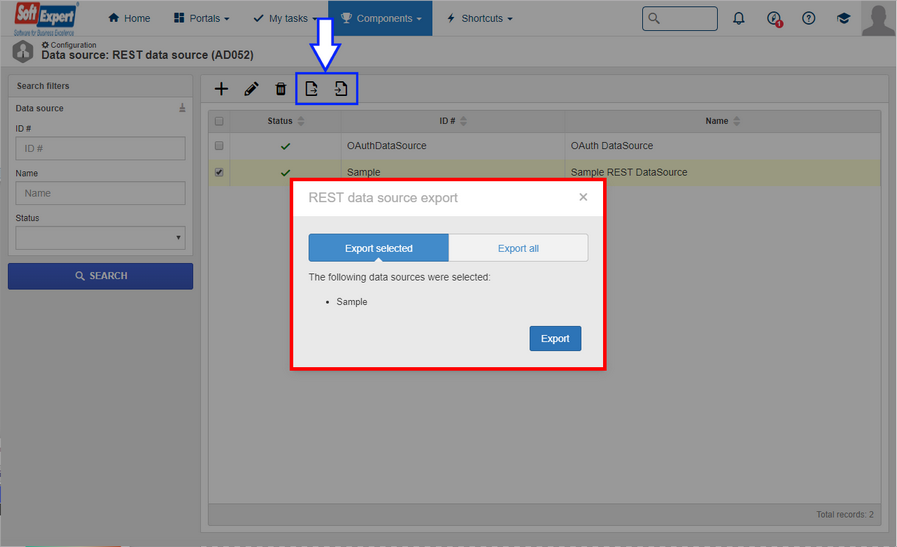
Team security
A resource to control security in the team data has been added. Thus, it is possible to restrict the users that can edit and view the team. Previously existing teams will remain public and new teams will be created as public, maintaining compatibility with the previous functioning. The security may be edited at any point following the configurations performed in the record.
Attribute security
A resource to control security in the attribute data has been added. Thus, it is possible to restrict the users that can edit and view the attribute. Previously existing attributes will remain public and new attributes will be created as public, maintaining compatibility with the previous functioning. The security may be edited at any point following the configurations performed in the record.
Web Service (SOAP) to create users (importUserV2)
The new importUserV2 method allows adding/editing:
▪General user data;
▪Department and position (ID # and name);
▪Relationships between user and Department/Position/Team/Access group;
▪Relationship between user and domain controller
The only difference between the importUserV2 method and the importUser method is that, before the system performs the operation already performed by the importUser method, it will create or update the departments and positions mentioned in the "DeptPosArray" field.
Allowed adding new attributes to the REST Web Service data source even when there already are related data
Previously, if the data source had already been linked to another object, such as a form, it was not possible to edit the source input and output parameters to avoid impacting a workflow that was already under production.
However, at times, simply adding a new attribute to the data source is enough to adjust it to a new revision of the service being consumed, without the need to edit or delete the existing structure.
So, from version 2.0.16 onwards, it is possible to add new attributes to the REST Web Service data source, even if there already is a link with other system objects, as, if only an addition is performed, previously existing instances (such as workflows) will not be affected.
Support to OAuth authentication using the Client Credentials flow in the REST Web Service data source
Aiming at supporting the integration with more services that apply good market security practices, from this version onwards, the REST Web Service has support to OAuth 2.0 authentication using the Client Credentials flow.
REST Web Service data source import and export
Previously, when it was necessary to copy a data source to another environment, it was necessary to recreate the entire data source in the target environment, which can be quite burdensome.
Therefore, from version 2.0.16 onwards, it will be possible to import and export REST Web Service data sources, aiming at facilitating this process.


